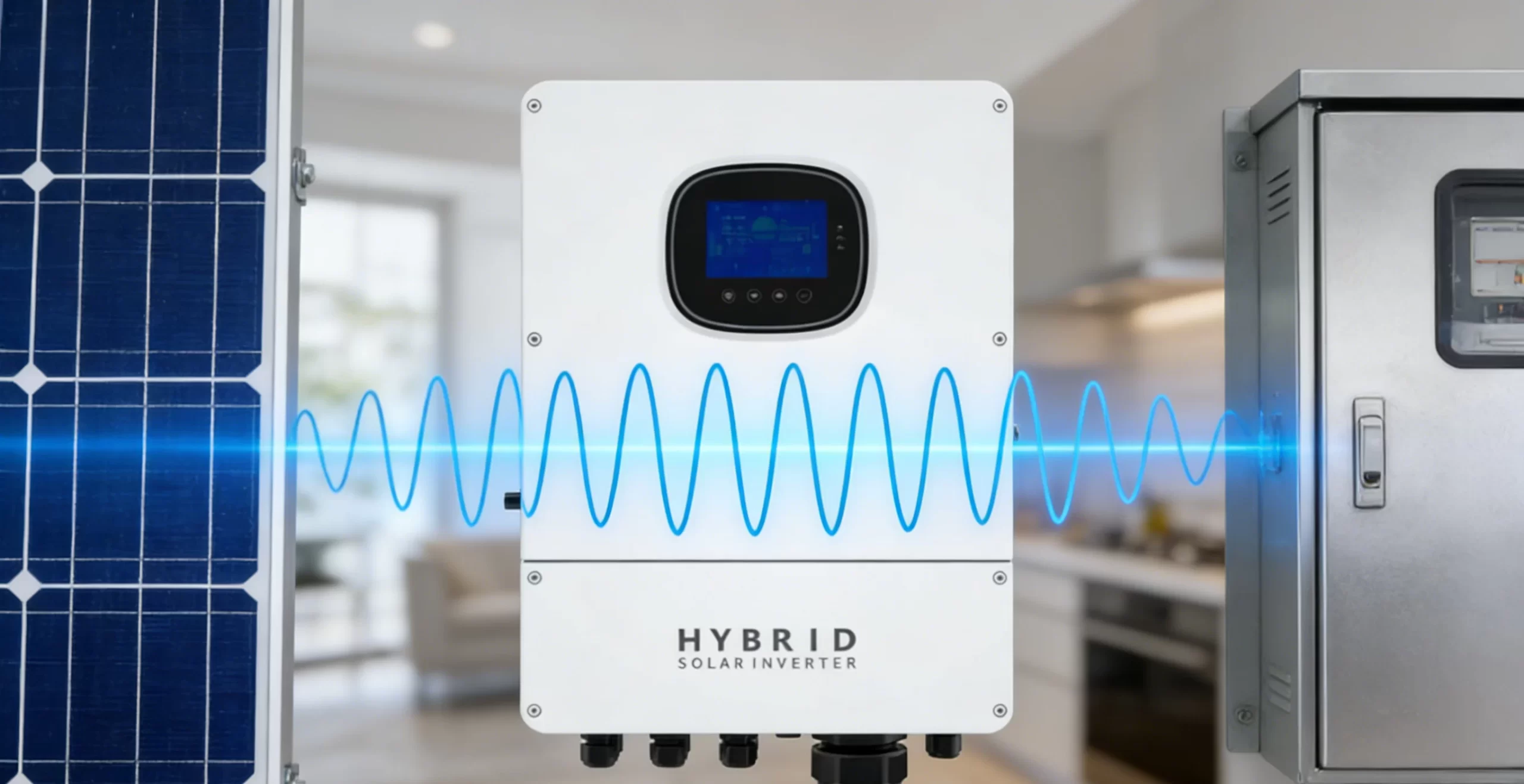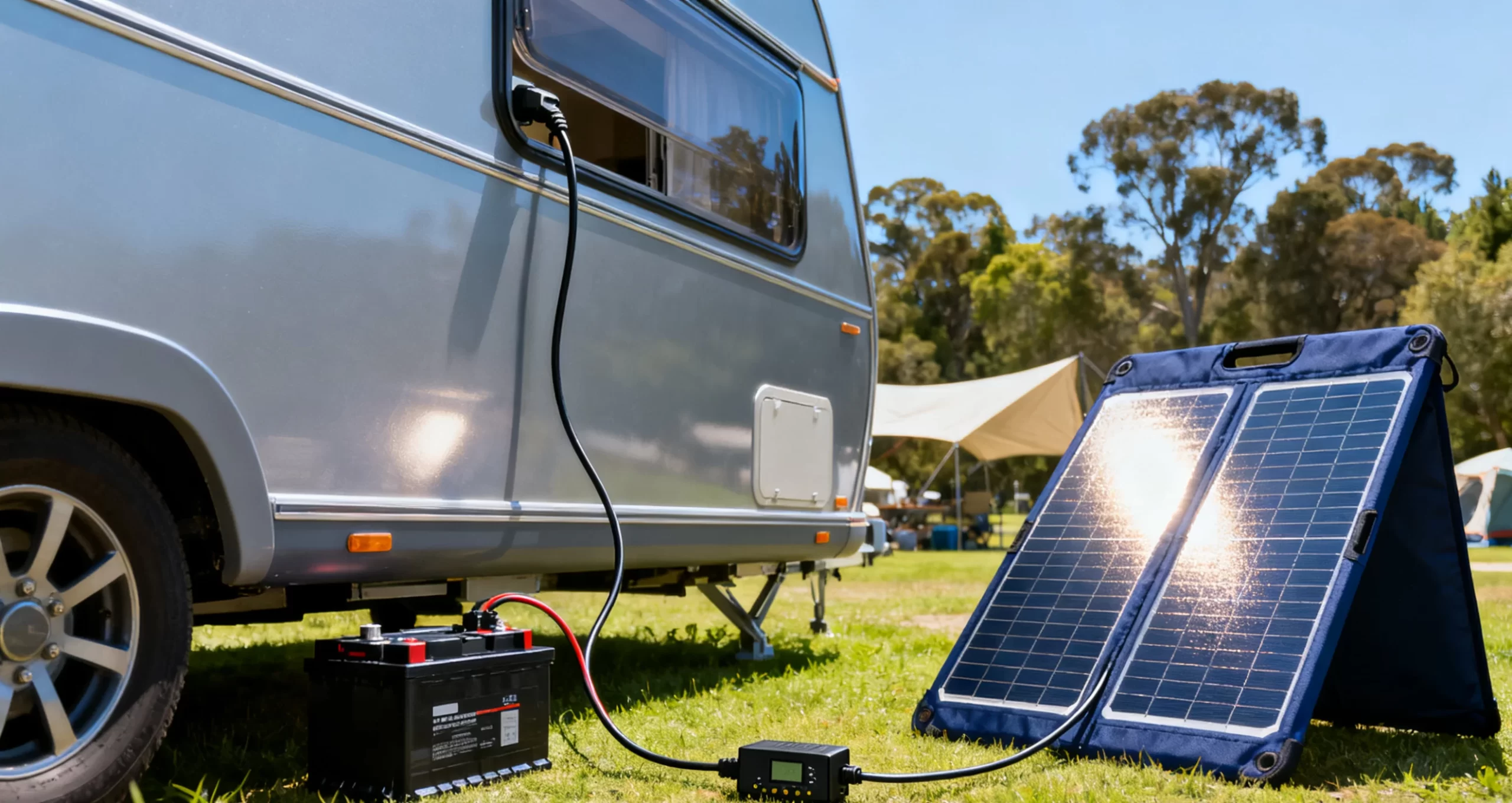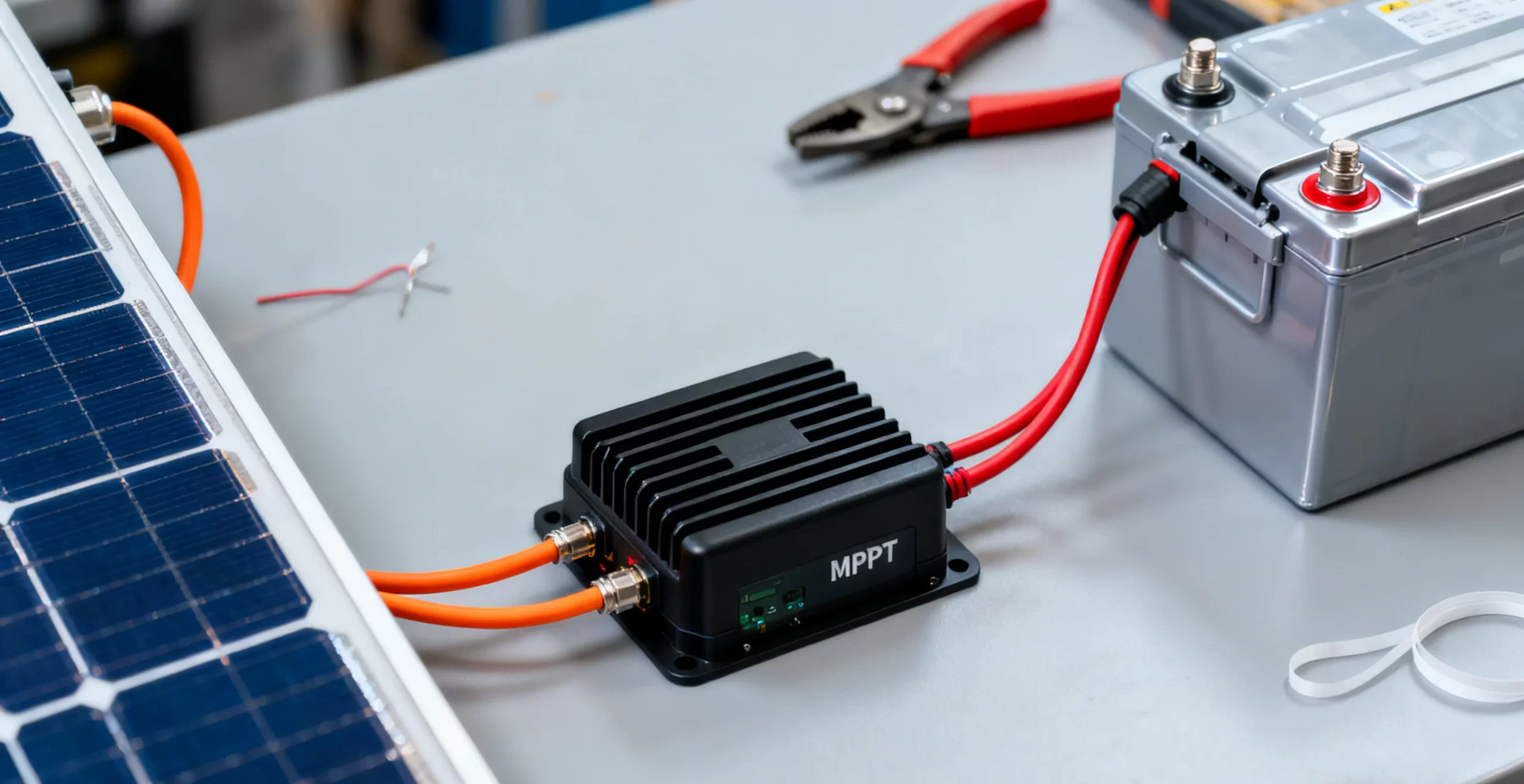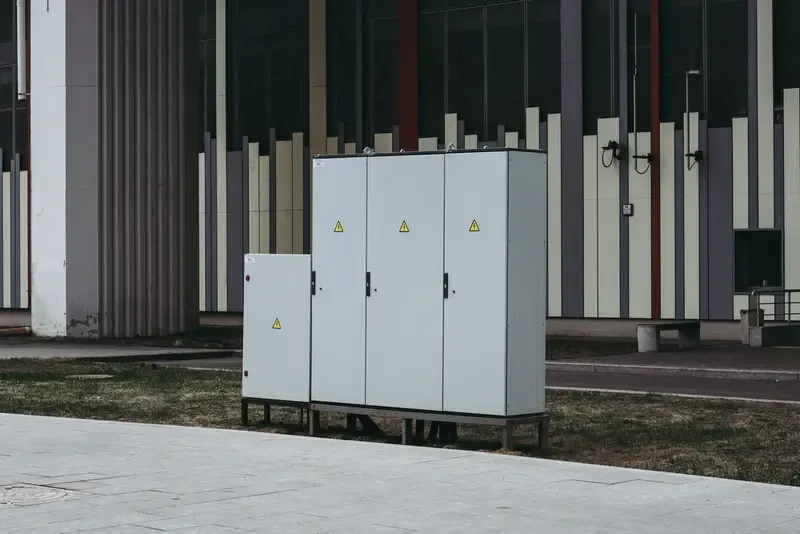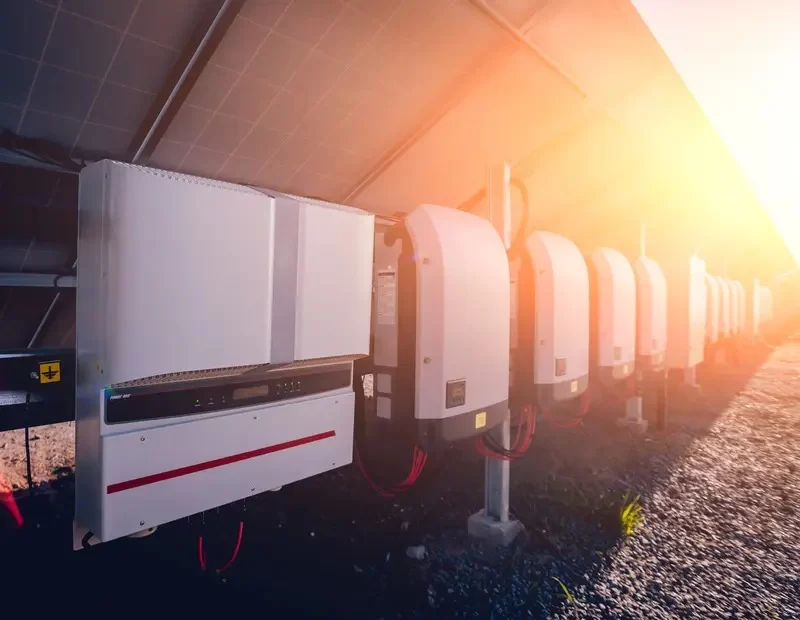- tel:+86-13651638099
- Email: [email protected]
- Official website: www.hj-net.com
- Address: 333 Fengcun Road, Fengxian District, Shanghai
Get A Quote Now!
Harnessing the Power of Solar PV Systems: A Sustainable Choice
Setting up a Solar PV System offers numerous advantages, making it a compelling choice for homeowners. This technology harnesses the sun’s energy to generate clean, renewable power, significantly reducing reliance on traditional energy sources. The benefits of a solar PV system extend beyond environmental impacts to include financial savings and energy independence. Understanding the installation process and its advantages can help you make an informed decision about investing in solar energy.
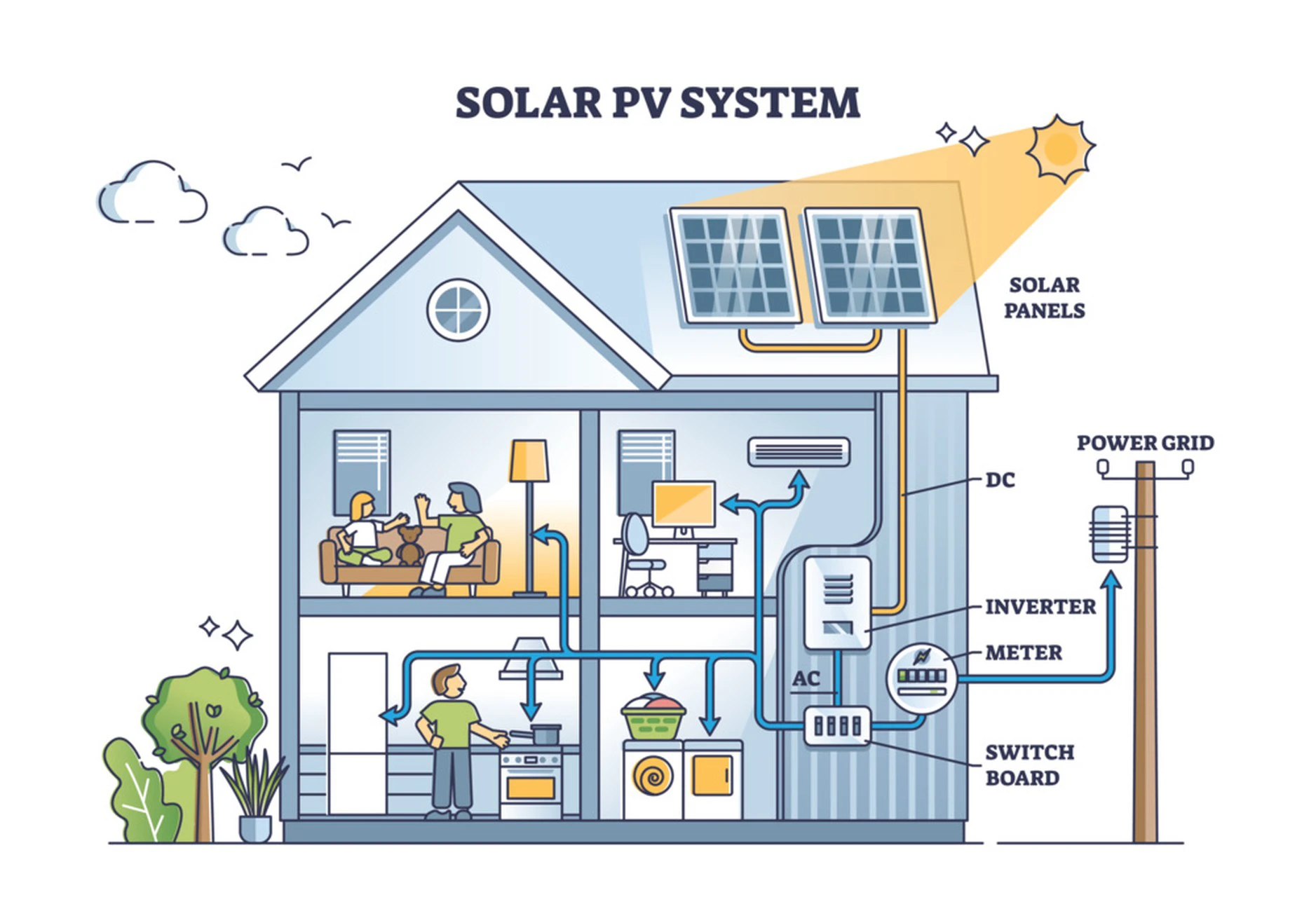
Assessment and Planning
Before installing a Solar PV System, thorough assessment and planning are crucial. First, evaluate your home’s energy needs to determine the appropriate system size. Consider the available space on your roof or property, as well as the optimal orientation and tilt angle for the solar panels to maximize efficiency. It’s also essential to obtain necessary permits and comply with local regulations. Consulting with professional solar installers can ensure that these steps are completed accurately and efficiently, providing a solid foundation for your solar project.
Proper assessment includes analyzing your current energy consumption patterns and future energy goals. This helps in selecting the right components and system size. Additionally, consider potential shading from trees or nearby structures, as shading can significantly impact the system’s performance. Professional installers use advanced tools to perform shading analysis and recommend the best layout for your panels.
Installation and Benefits
The installation process of a Solar PV System involves several steps, starting with mounting the solar panels. These panels are typically installed on rooftops or ground-mounted structures. After mounting, the panels are connected to an inverter, which converts the direct current (DC) produced by the panels into alternating current (AC) for home use. Finally, the system is connected to the electrical grid, allowing you to use solar power and feed excess energy back into the grid.
One of the primary benefits of installing a solar PV system is the potential for lower electricity bills. By generating your own power, you reduce your dependence on the grid and, consequently, your monthly energy costs. Additionally, many regions offer tax incentives and rebates for solar installations, making the investment even more attractive. Over time, the savings on energy bills can offset the initial installation costs, leading to long-term financial benefits.
Regular maintenance and monitoring are essential to ensure the efficiency and longevity of your solar PV system. Most systems come with monitoring tools that allow you to track energy production and identify any issues promptly. Regular cleaning of the panels and periodic inspections by professionals can prevent performance degradation and extend the system’s lifespan.
Conclusion
Investing in a Solar PV System is a sustainable and financially sound decision. By generating clean, renewable energy, you can significantly reduce your carbon footprint and enjoy substantial savings on electricity bills. The process begins with careful assessment and planning, ensuring that the system is tailored to your energy needs and property layout. Professional installation guarantees that the system is set up correctly and safely. Once operational, regular maintenance and monitoring are vital to maintaining optimal performance. Embrace the future of energy by choosing a solar PV system, and take a significant step towards a greener, more sustainable lifestyle.
Explore how a Solar PV System can enhance your home’s energy efficiency and sustainability here today.


